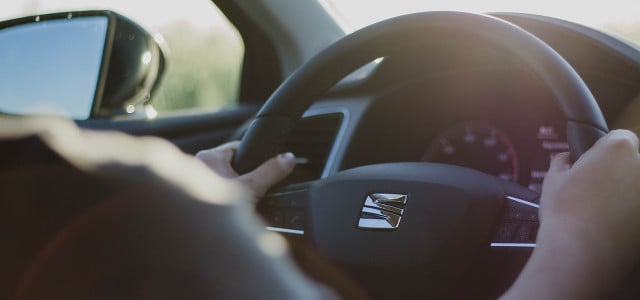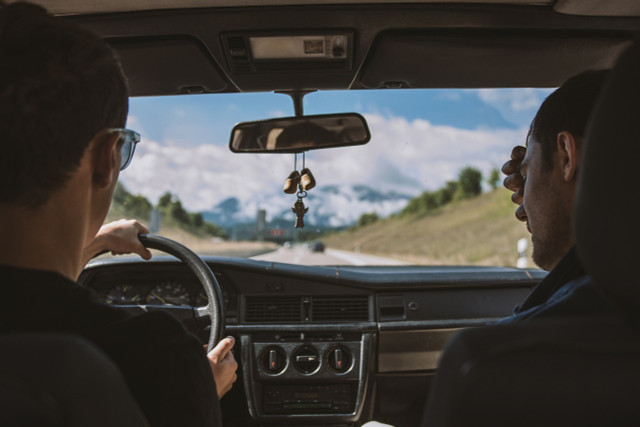
In summer, the sun often burns heavily through the windshield. But can sunburn occur if you are traveling in the car, bus or train without sun protection? Here you will find the answer.
Sunburn is not to be trifled with: not only can it be very painful, it can also greatly increase the risk of developing skin cancer. Many people are now aware of this and make sure to wear sunscreen when they are outdoors. But what does it actually look like when you are out and about but behind glass – such as in a car, bus or train? Do you risk sunburn if you drive long distances in the car without sun protection?
Sunburn in the car: is it possible?

(Photo: CC0 / Pixabay / Bertsz)
In general, getting sunburned in the car is unlikely, but possible. Glass cannot completely block the effects of the sun’s rays. Even in the car, the sun’s rays can affect your skin through the glass and cause sunburn.
However, the risk of sunburn behind glass in a car or other vehicle is very small. The reason for this: The glass absorbs the responsible UV rays.
There are three different types of UV rays: UV-A, UV-B and UV-C. While the ozone layer protects us from UV-C rays, UV-A and UV-B rays penetrate to the earth’s surface and can affect our skin:
-
UV-B rays: These rays stimulate pigmentation on the skin’s surface, causing the skin to tan. Overexposure to UVB rays can cause sunburn.
-
UV-A rays: These rays penetrate deeper into the skin and contribute to skin aging faster and wrinkles appearing.
According to the German Weather Service, glass almost completely blocks UV-B radiation. In practice, it is therefore almost impossible for your skin to tan or sunburn if you are driving unprotected in the car.
By the way: A healthy level of UV-B radiation is important for the body to be able to produce vitamin D.
Not every car glass blocks UV radiation
Nevertheless, you are not completely immune to UV radiation in the car, bus or train. According to the DWD, an estimated 60 percent of the UV-A rays still get through the panes. In theory, very high doses of these rays should even tan skin and thus also cause sunburn. Prolonged exposure to these rays can also damage the deep layers of the skin, which can result in wrinkles or even skin cancer. Because both UV-B and UV-A rays can promote this.
According to the DWD, however, the risk of getting sunburned by UV-A rays in the car is low, since films that are commonly used today are incorporated that block all UV rays.
However, this does not apply to side and rear windows. For this reason, the DWD advises on longer journeys, especially with children, to attach sun protection films to these windows or to wear long clothing.
By the way: There is no such thing as a “healthy tan”.
Read more on Techzle.com:
- Treating sunburn on the face: Here’s how
- 5 sunscreen rules: How useful are they?
- Apply sunscreen correctly: Avoid these 6 mistakes